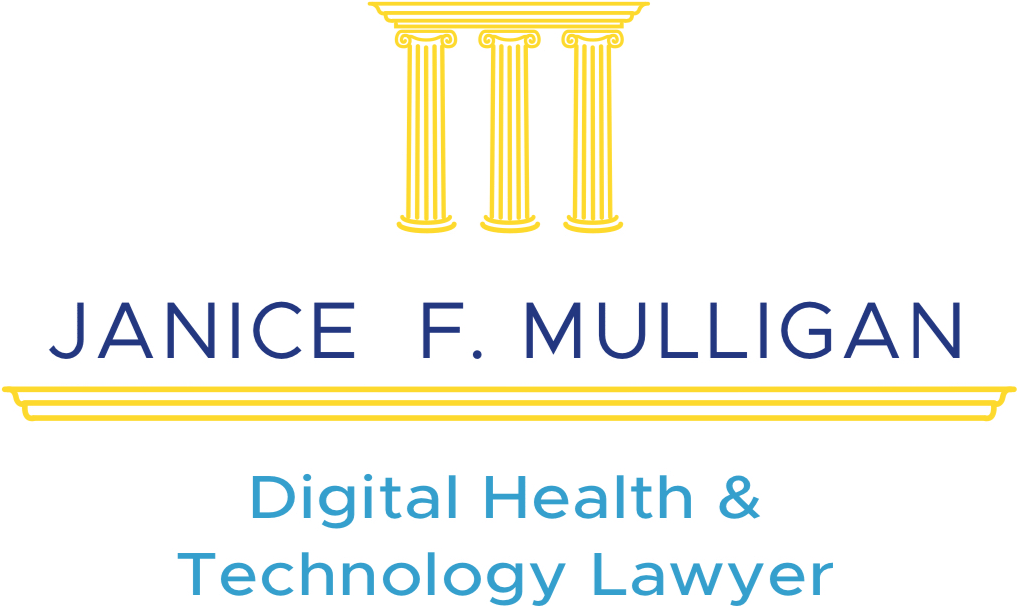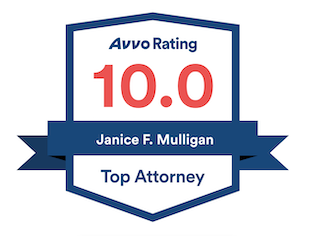HOW TO FIND A GOOD DOCTOR?
The Internet is filled with web pages, profiles and rankings singing the praises of individual physicians, but how do you know if any particular doctor is really good, as opposed to a shoddy, substandard physician with a slick publicist or personal friend who posts favorable reviews on their behalf?
One way is to check the court records in the county where the physician practices to determine what kind of lawsuits there have been against the doctor and what the result was from those suits. In San Diego County for example, the court index can be accessed online at:
http://www.sdcourt.ca.gov/portal/page?_pageid=55,1056871&_dad=portal&_schema=portal.
If you find that a specific physician has been sued on numerous occasions, it may well be worth a personal trip to the courthouse to pull the entire files and learn more about the individual before allowing the physician to operate or even treat you or your loved ones.
Unfortunately, not all physicians who have been sued multiple times for malpractice have public records at the courthouse. Shocked? How can this be? Well, because many physicians have arbitration agreements which require their cases to be resolved outside of the courthouse by private arbitrators. Often, these lawsuits are never filed in court.
You may be able to learn more about these physicians by checking with the California Medical Board online at:http://www.medbd.ca.gov/lookup.html The Medical Board’s website should be able to tell you if the physician has been disciplined or even formally accused of wrongdoing by the Medical Board or some limited information about the physician’s past settlements or judgments in other medical malpractice litigation. More bad news though, because the Medical Board is under-funded and under-staffed, so on occasion there is no listing even for physicians with a “colored past”.
If you can’t universally rely on court filings or the state licensing/discipline board to tell you if a physician is really good what do you do? Word of mouth from other family and friends who have used a particular physician’s services is often a good way to find such a professional.
New to a community or don’t know anyone who is familiar with a specialist in a particular field of medicine? Often the best physicians are at the university based community hospitals, such as the University of California, San Diego (“UCSD”). These physicians typically are at the top of their field of expertise and more interested in academia and research than some of the for-profit physicians. By doing a little research on the university medical center’s website, you will likely be even able to find a specific doctor who is trained in and conducts research in specific diseases or injuries of interest to you.
One caveat however is that some recent studies have shown that medical errors spike in the summer when new medical trainees start working at teaching hospitals — a phenomenon known as the ‘July effect.’ The New York Times (7/12/11, D6, Rabin, Subscription Publication) reports that death rates do increase in July, and that many patients stay in the hospital longer than in other months.” The Wall Street Journal (7/11, Hobson) “Health Blog” reported that for the review, published in the Annals of Internal Medicine, investigators looked at data from 39 different studies.The Boston Globe (7/11, Kotz) “Daily Dose” blog reported that “the best-quality studies reviewed found that patients treated in July had a 4 to 12 percent increase in mortality risk compared to those treated in the spring before the staffing change.” Meanwhile, “Some of the studies also indicated an increase in medical errors and complications from procedures, but the data weren’t strong enough to draw firm conclusions.” HealthDay (7/11, Mozes) and Medscape (7/11, Kling).
Remember, even if you do find a good physician, a true second opinion from an independent specialist at a different medical group is always a good idea before embarking on surgery. Sometimes a third opinion is even better!
Stay healthy, eat your veggies and exercise. If you are lucky, only preventative medicine and a yearly check up will be all that is required. If not, a trip to the courthouse before surgery to check on your doctor beats the need for a medical malpractice attorney after an adverse event.











